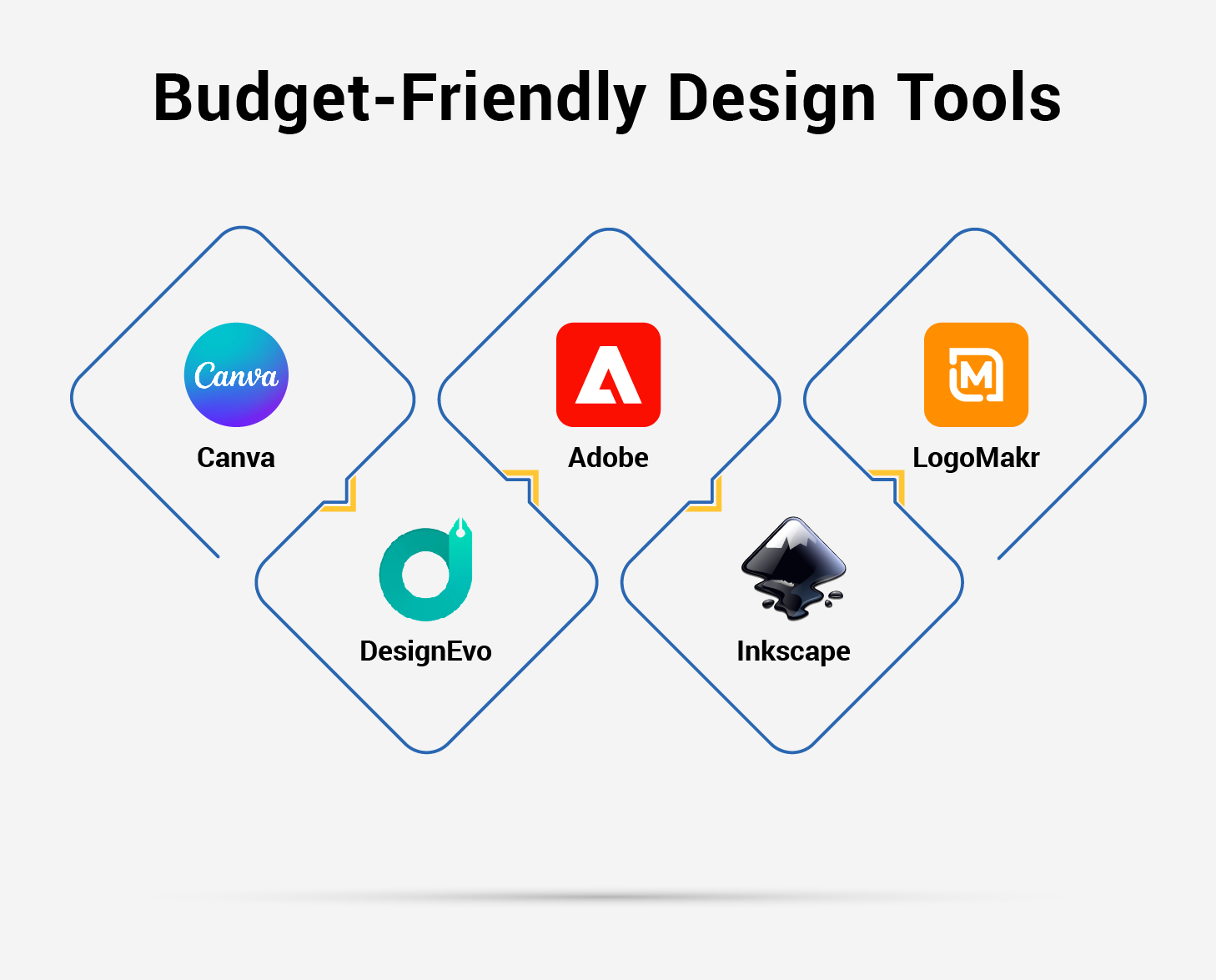Your brand’s logo is its first impression—a symbol that encapsulates your identity, values, and promise to your customers. It’s the flag under which your brand marches. However, the thought of designing a high-quality logo often conjures images of hefty design fees and long hours with high-priced consultants.
But what if I told you that crafting a big-budget brand logo on a shoestring budget is not only possible but can also be a rewarding philosophical journey? Let’s delve into the principles and philosophies that can guide you in creating a standout logo without breaking the bank.
The Philosophy of Simplicity: Less is More
The cliché "less is more" is the cornerstone of minimalist philosophy and an essential principle in logo design. Think about iconic logos like Nike's swoosh, Apple's apple, or McDonald's golden arches. These logos are incredibly simple yet profoundly impactful. Their simplicity makes them memorable and versatile.
Case Study: Nike’s Swoosh
Nike's swoosh, designed by a graphic design student for just $35, is a testament to the power of simplicity. It embodies movement, speed, and athleticism without any complexity. This logo's strength lies in its ability to convey a powerful message with minimal elements.
When working on a shoestring budget, embrace minimalism. Use clean lines, basic shapes, and a limited color palette. This approach not only saves costs but also aligns with the timeless principle that simplicity equals sophistication.
The Philosophy of Storytelling: Every Logo Tells a Story
Philosopher Roland Barthes argued that every image is a kind of narrative, laden with meaning and significance. Your logo should be no different—it should tell the story of your brand in a single glance.
Case Study: Apple’s Logo
Apple’s logo has evolved from a detailed depiction of Isaac Newton under an apple tree to the sleek, bitten apple we know today. The current logo tells a story of knowledge, innovation, and a nod to the story of Adam and Eve. It’s simple, elegant, and laden with layers of meaning.
To craft a logo that tells your story, start by distilling your brand’s core values and mission into visual elements. Think about symbols, shapes, and colors that represent your journey and aspirations. Sketch ideas that resonate with your narrative, and don’t be afraid to iterate on them.
The Philosophy of Utility: Form Follows Function
The phrase "form follows function," coined by architect Louis Sullivan, emphasizes that design should be primarily based on its intended function. A logo should be versatile, working seamlessly across various mediums—websites, business cards, merchandise, and more.
Case Study: Twitter’s Bird
Twitter’s bird logo, designed for $15, represents freedom, communication, and the network's ethos of real-time conversation. Its design is simple yet versatile, easily scaling across different applications and maintaining its clarity and impact.
When designing on a budget, focus on creating a logo that is functional and adaptable. Ensure it looks good in black and white, in small sizes, and on different backgrounds. A versatile logo will serve you well in the long run, eliminating the need for costly redesigns.

The Philosophy of Co-Creation: Engaging Your Community
In the digital age, co-creation has become a powerful philosophy. Involving your audience in the design process not only saves costs but also fosters a sense of community and ownership.
Case Study: Mozilla Firefox
When Mozilla rebranded Firefox, they involved their community in the design process through open forums and feedback sessions. This approach not only reduced costs but also ensured the final design resonated with their user base.
Leverage online platforms and social media to gather feedback and ideas from your audience. Crowdsourcing platforms like 99designs or engaging with your followers on social media can yield creative ideas and foster a deeper connection with your brand.
The Philosophy of Iteration: The Design is Never Final
Renowned philosopher Heraclitus famously said, “The only constant in life is change.” This is especially true in design. Your first logo doesn’t have to be perfect. It can—and should—evolve with your brand.
Case Study: Google’s Evolution
Google’s logo has undergone numerous changes since its inception, each iteration refining its simplicity and readability. This iterative process ensures that the logo remains relevant and fresh without straying from its core identity.
Adopt a mindset of continuous improvement. Start with a basic design that fits within your budget and be open to refining it as your brand grows and evolves. This approach not only spreads out costs over time but also ensures your logo remains dynamic and relevant.
Conclusion: The Journey is the Reward
Creating a big-budget brand logo on a shoestring budget is a journey that requires embracing simplicity, storytelling, utility, co-creation, and iteration. It’s a journey that can lead to a logo that not only stands out in the marketplace but also resonates deeply with your audience.
Remember, a logo is not just an image; it’s the visual embodiment of your brand’s philosophy. By infusing thoughtful design principles and embracing the philosophies discussed, you can craft a logo that is as meaningful as it is memorable, all without breaking the bank.















